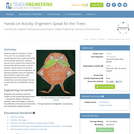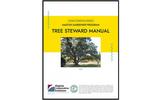
This resource is a video abstract of a research paper created by Research Square on behalf of its authors. It provides a synopsis that's easy to understand, and can be used to introduce the topics it covers to students, researchers, and the general public. The video's transcript is also provided in full, with a portion provided below for preview:
"Trees support so much life on Earth – but one important component might easily be overlooked. The phyllosphere – the aerial surfaces of plants, including leaves – is a microbial habitat for diverse microorganisms. Phyllosphere bacteria play key roles in plant health, human health, and ecosystem function, but unfortunately, not much is known about how plants and their associated microbes influence each other. A recent study evaluated this relationship in a diverse neotropical forest. Using shotgun metagenomics, researchers found that the metabolic functions of phyllosphere microbes varied based on their tree hosts. While overall there was low variability in plant-associated microbes, suggesting that certain microbes form a “core microbiota” for neotropical trees, bacterial metabolism and membrane transport functions varied between plant species..."
The rest of the transcript, along with a link to the research itself, is available on the resource itself.
- Subject:
- Biology
- Life Science
- Material Type:
- Diagram/Illustration
- Reading
- Provider:
- Research Square
- Provider Set:
- Video Bytes
- Date Added:
- 10/28/2020


